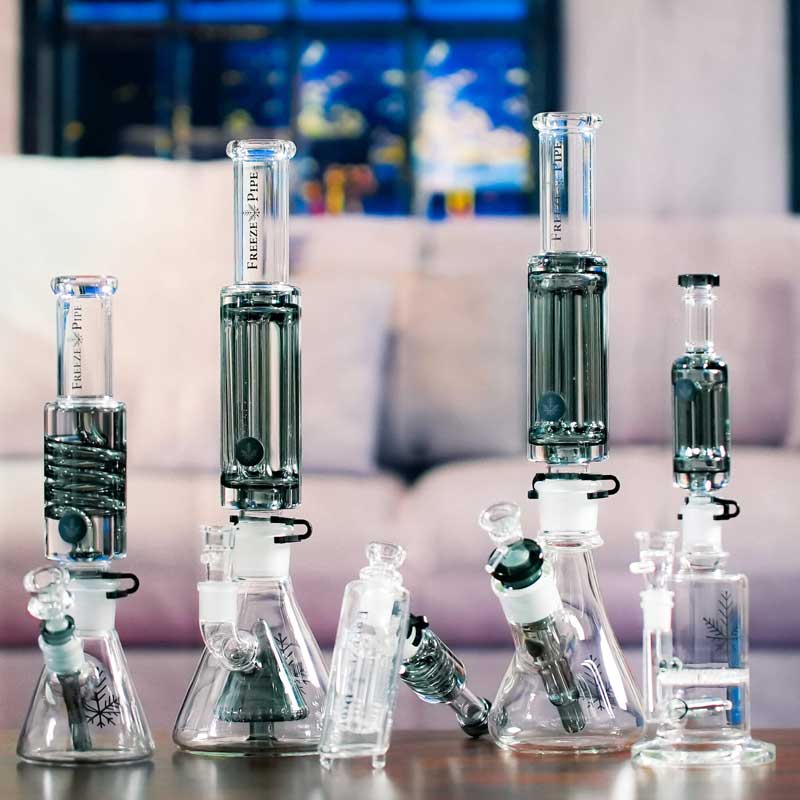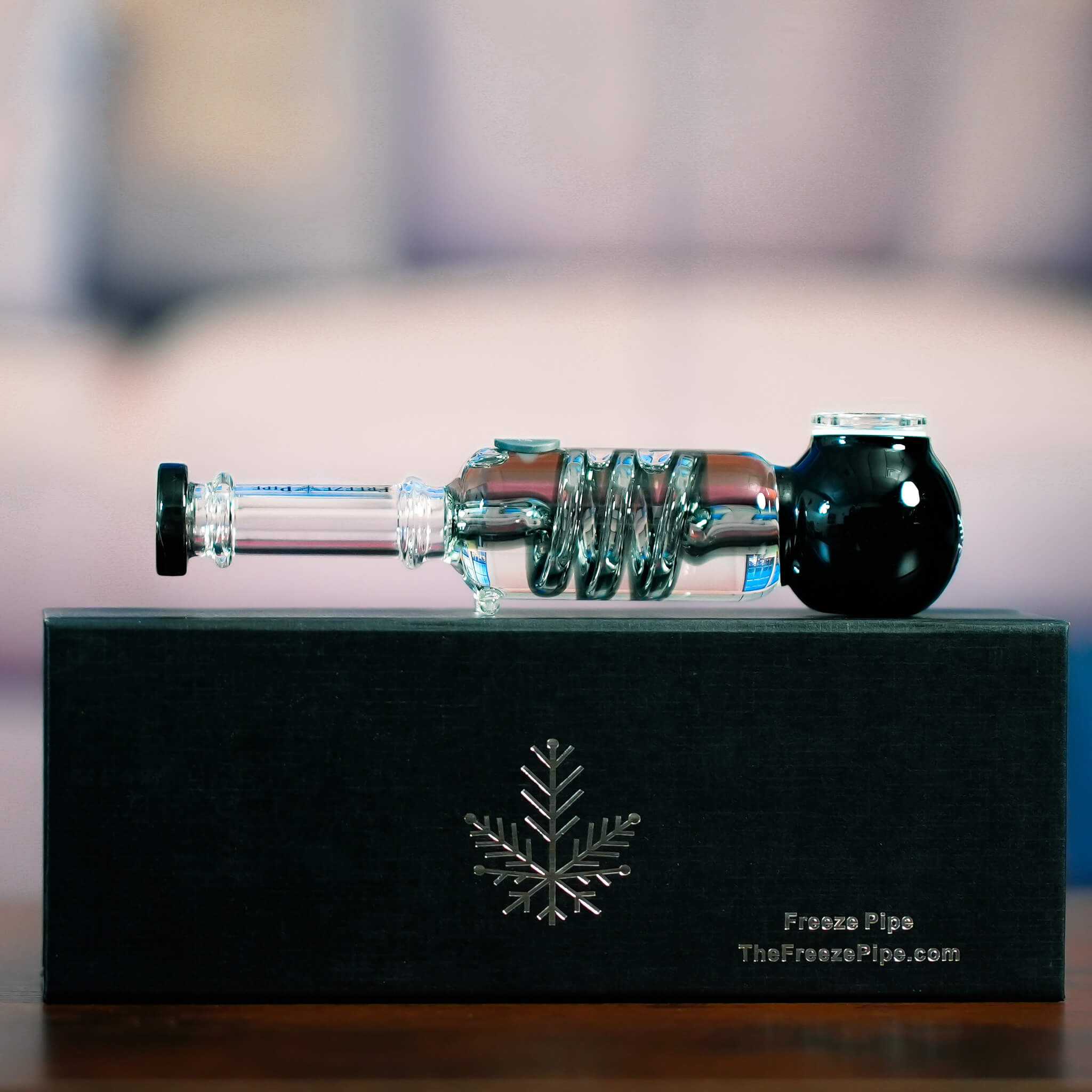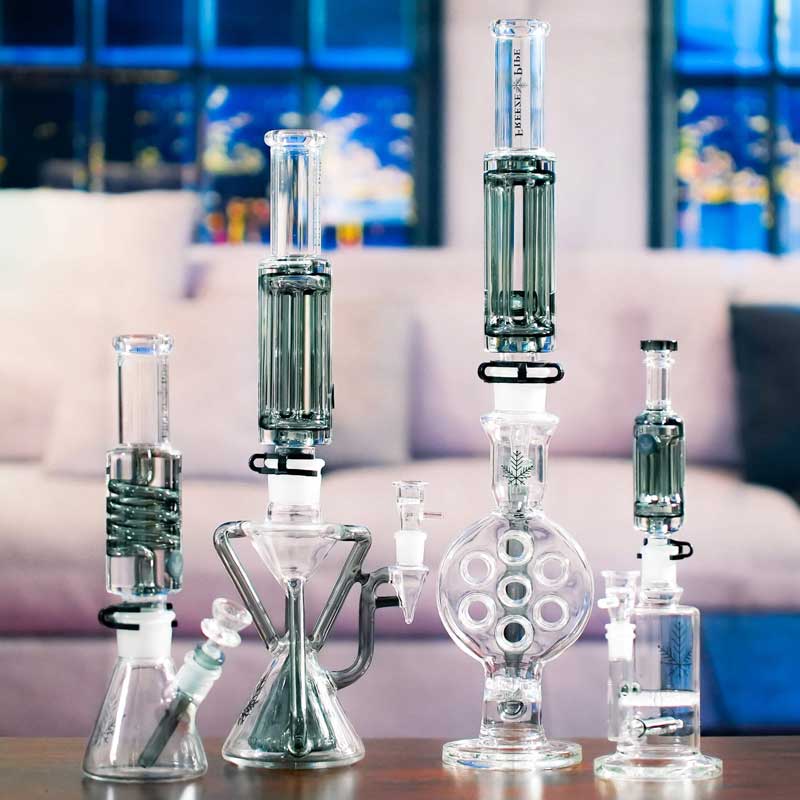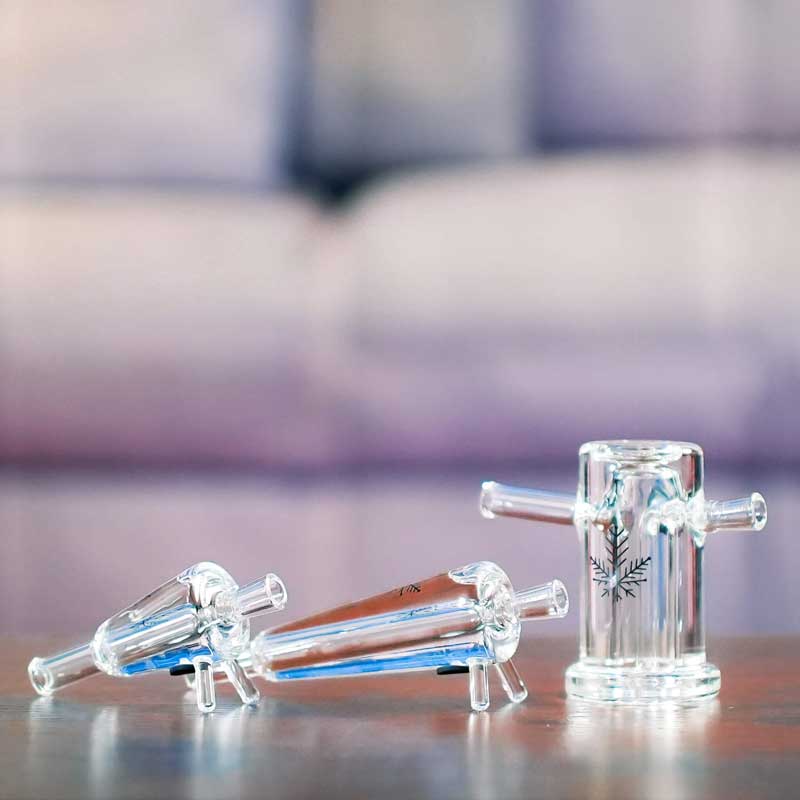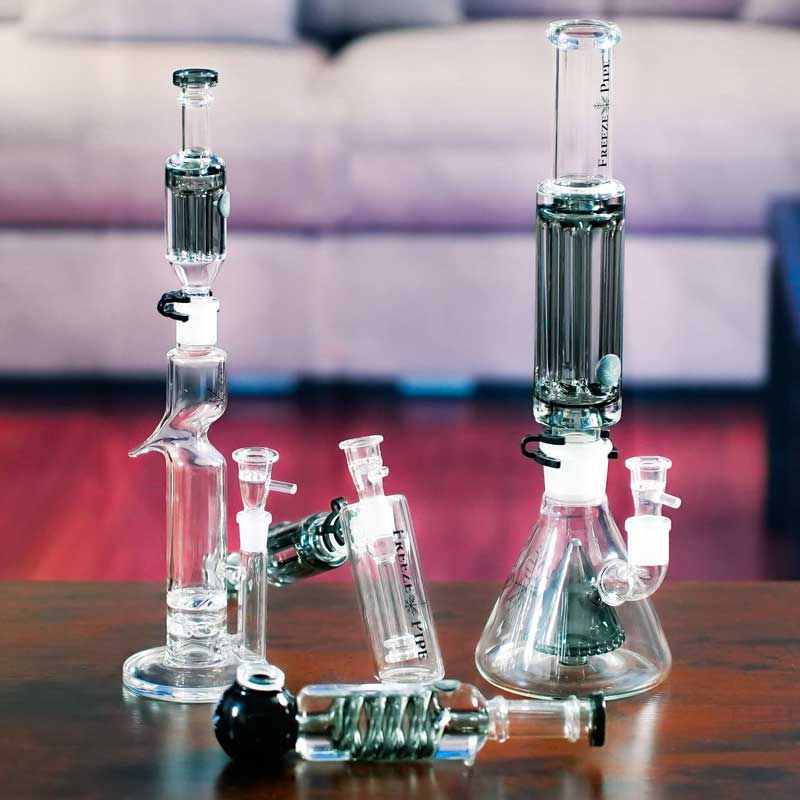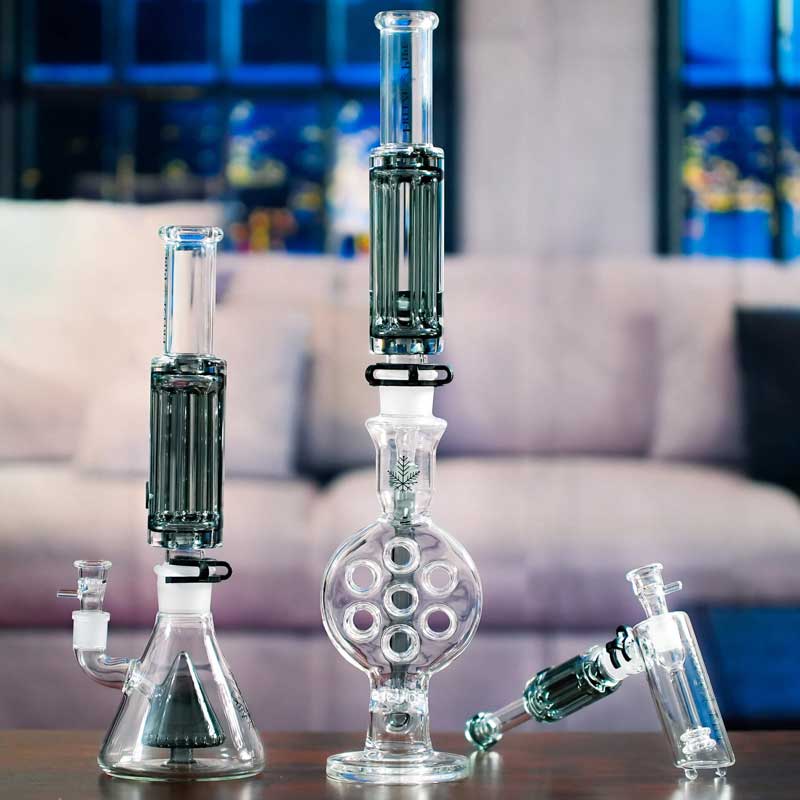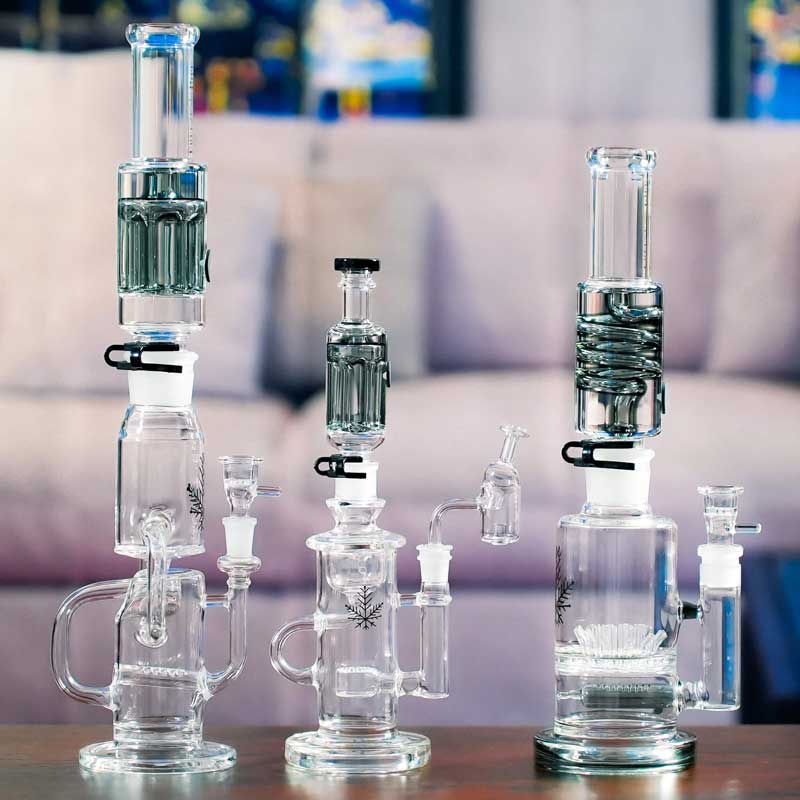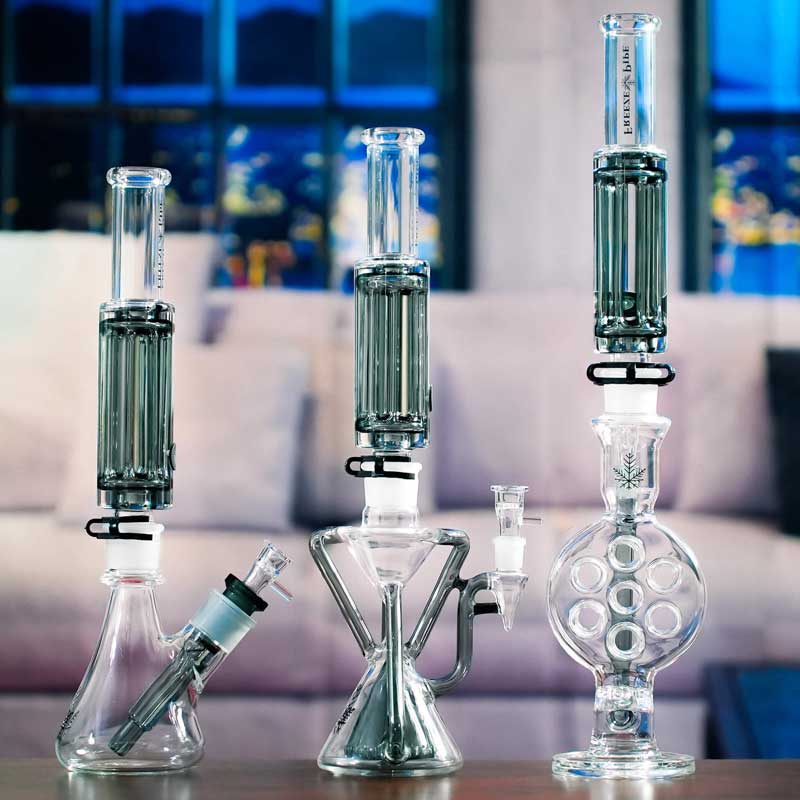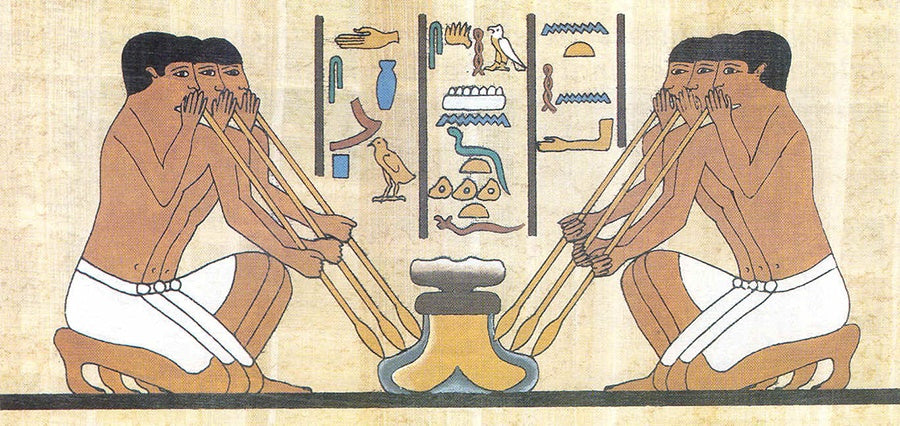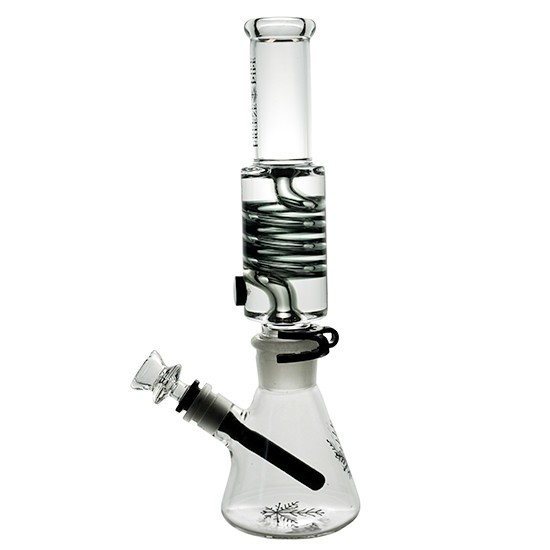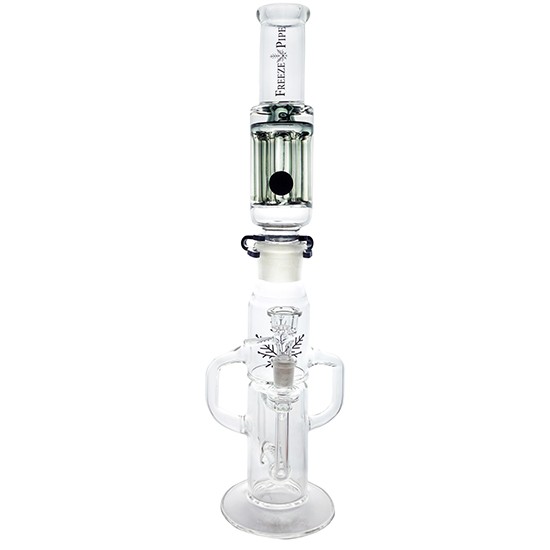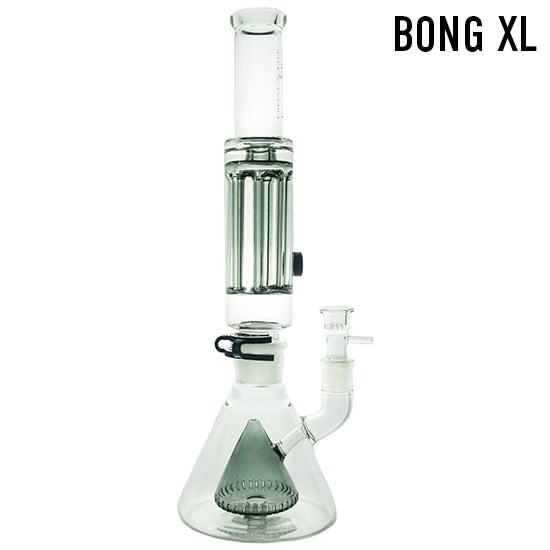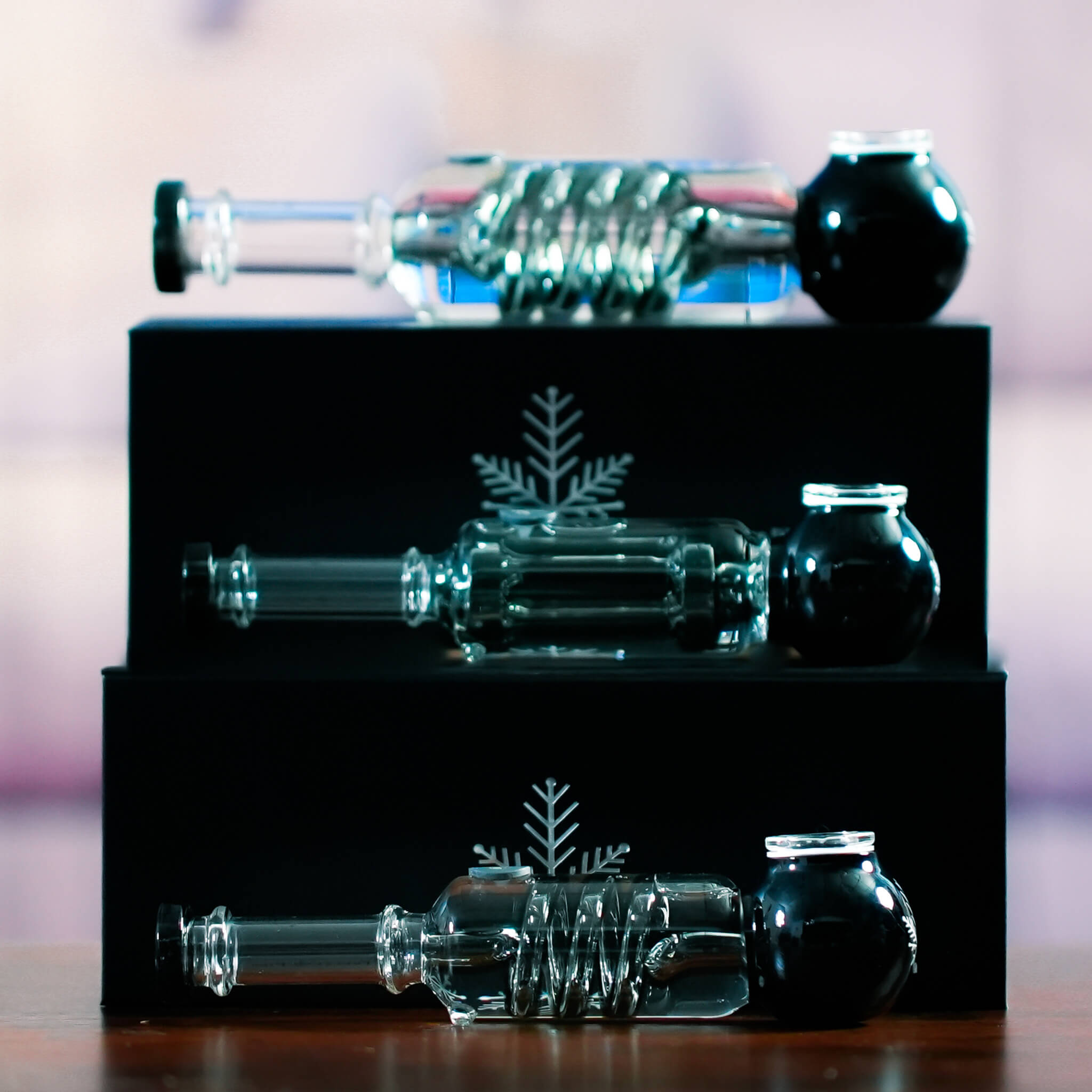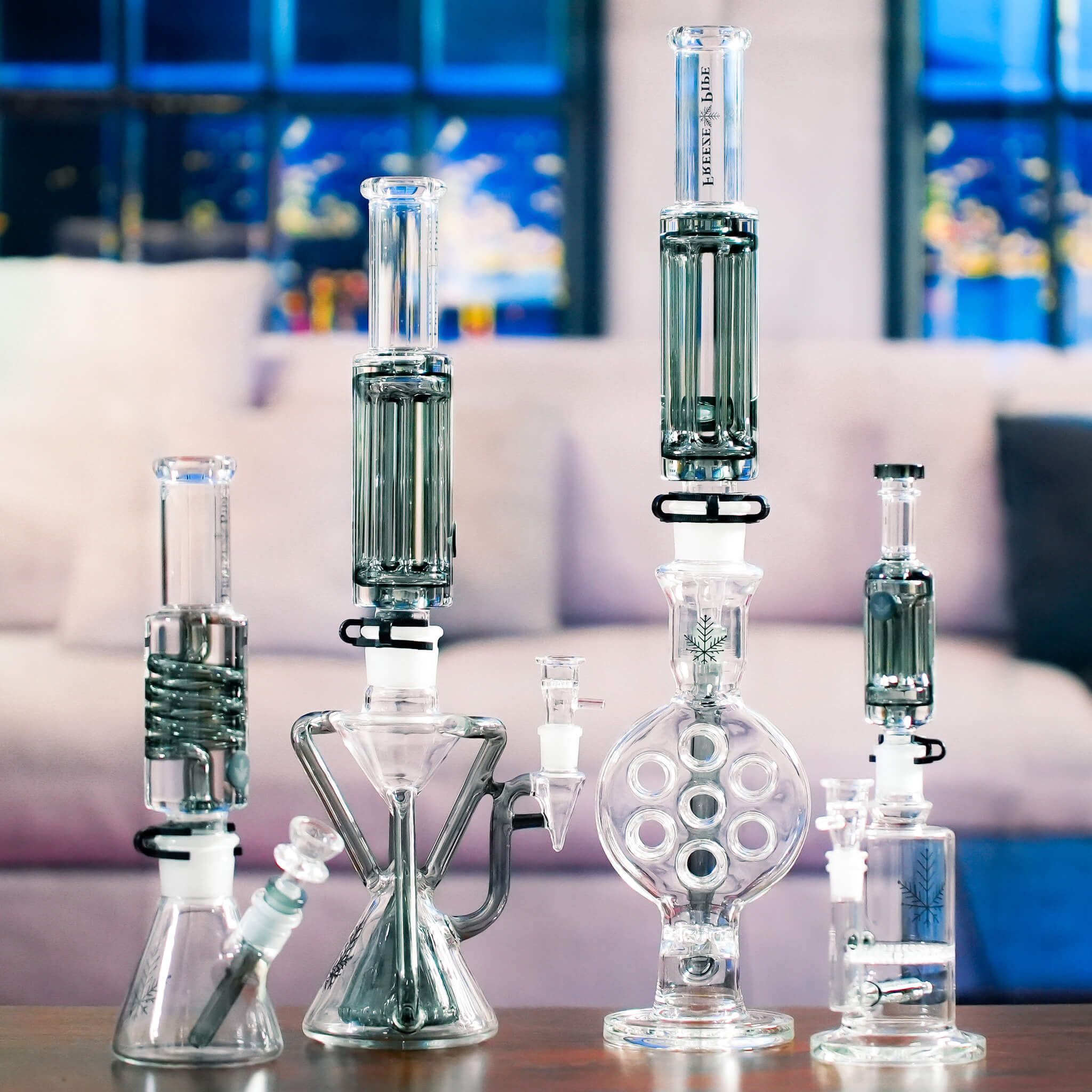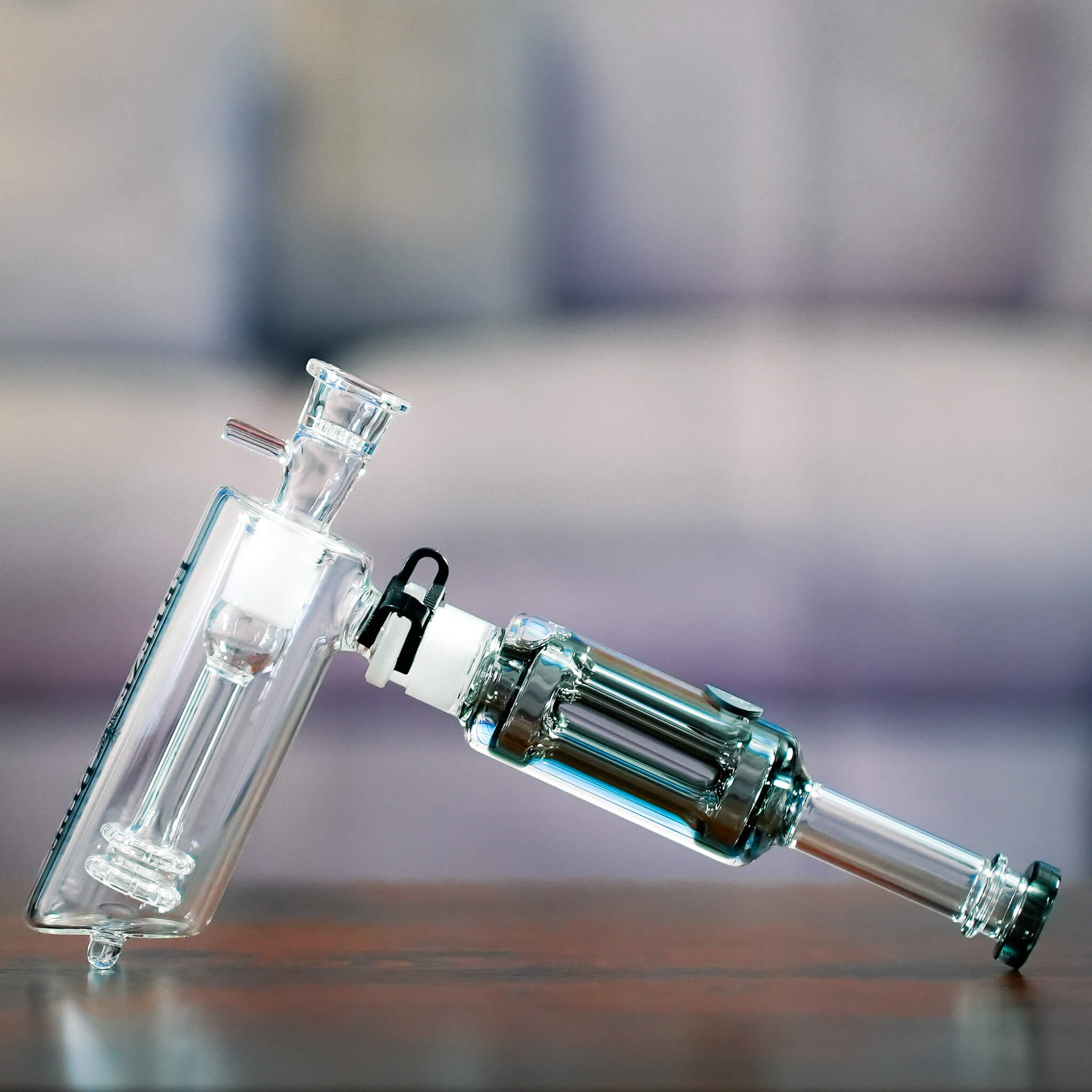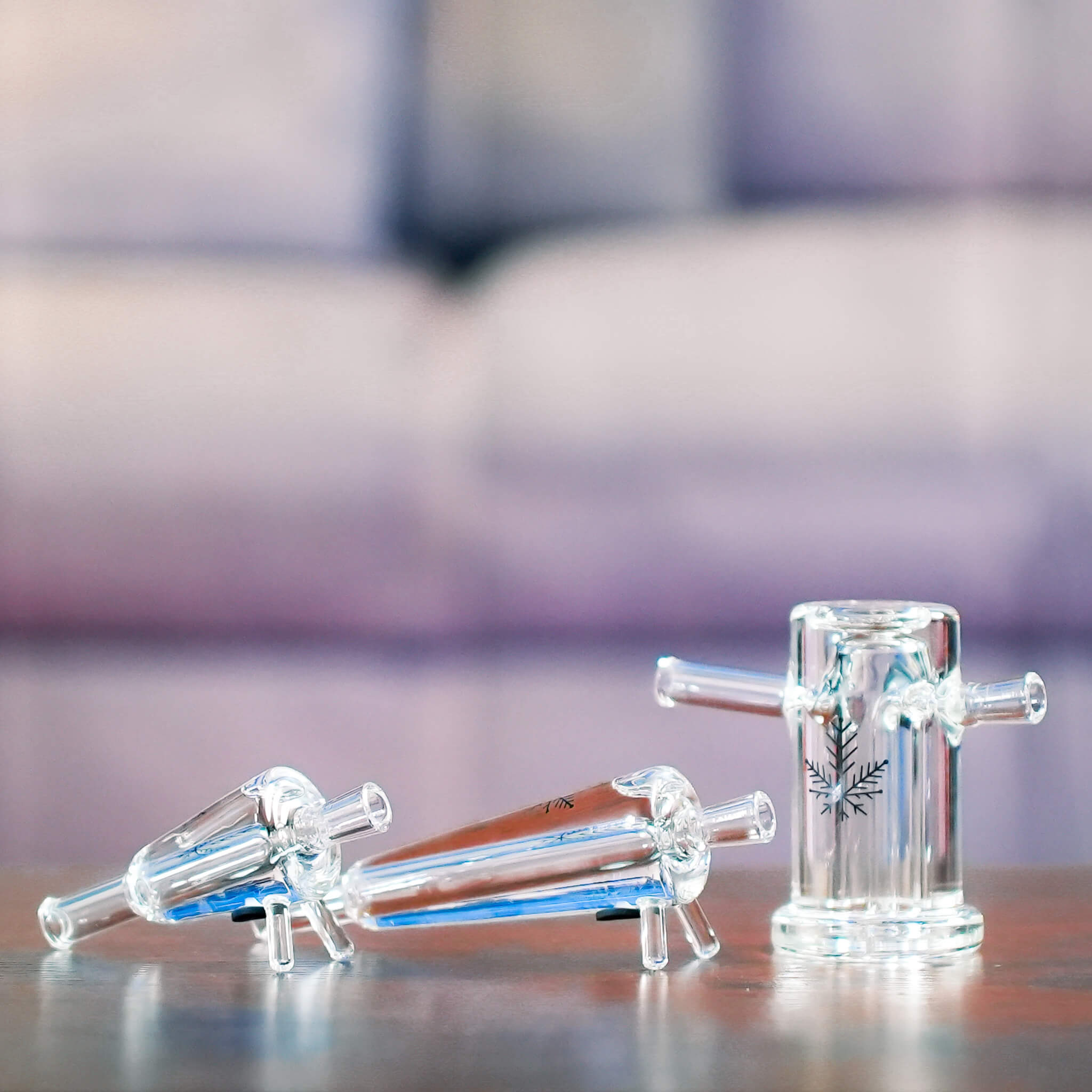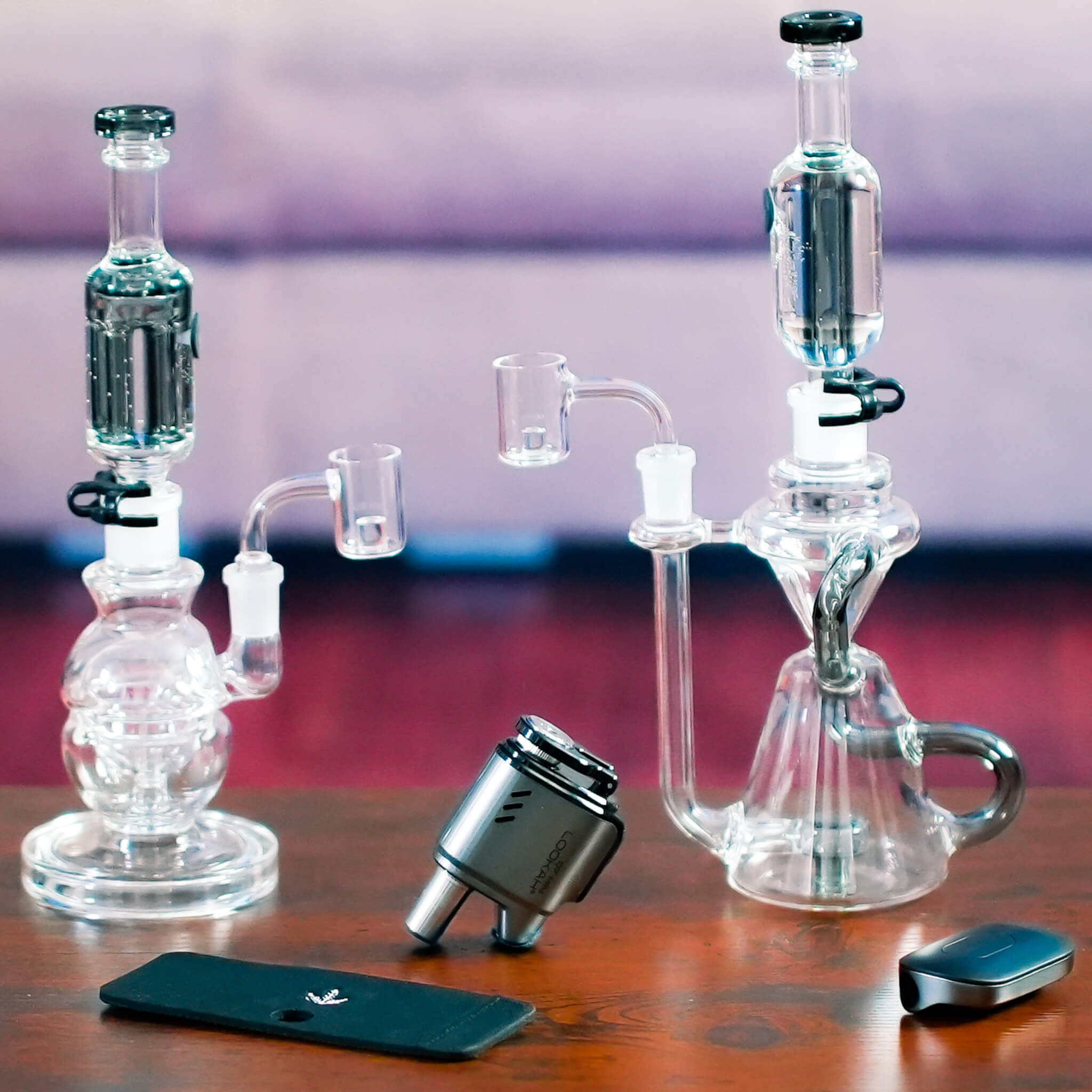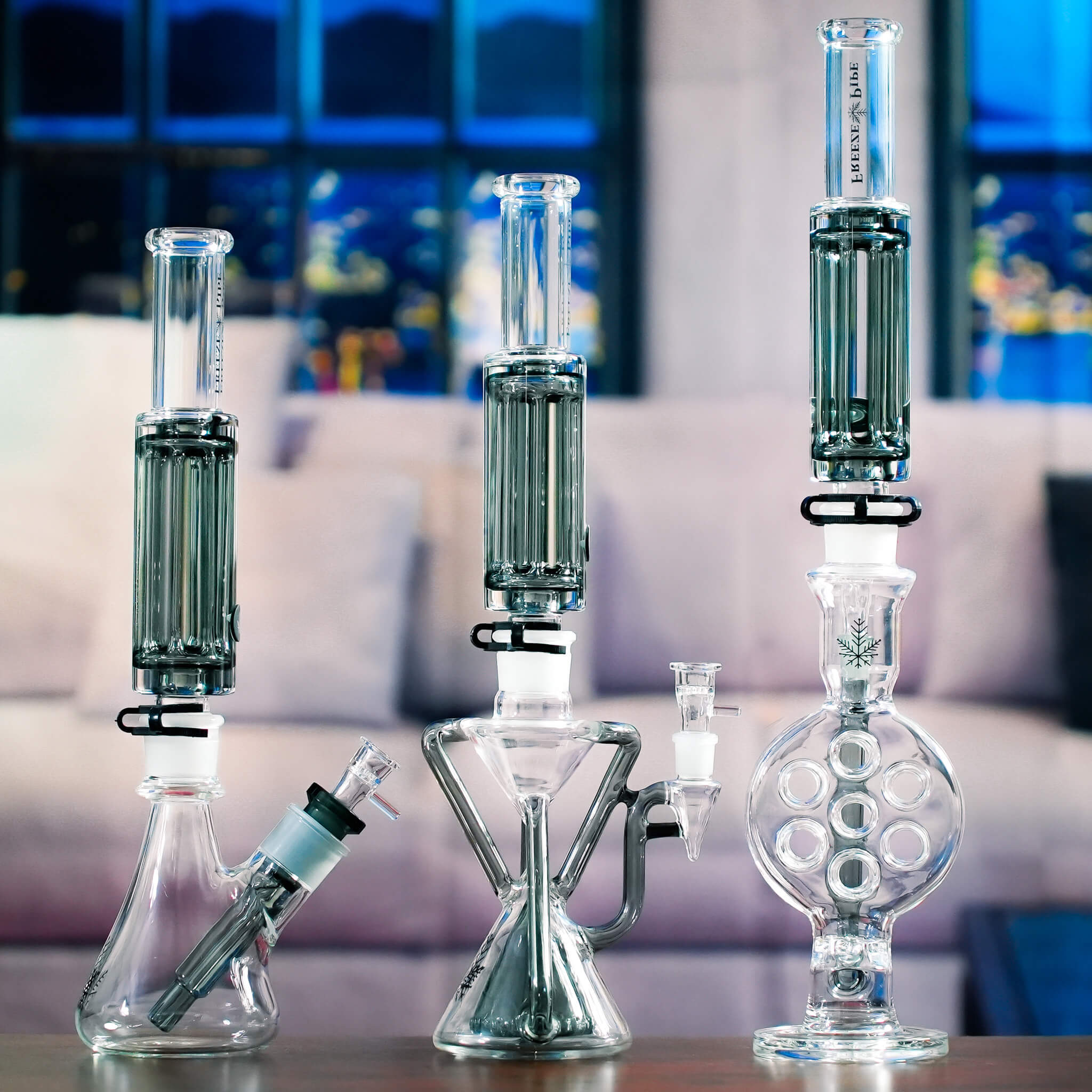The bong, a treasured piece of smoking paraphernalia, has a far richer history than most realize. With origins dating back thousands of years, this iconic water pipe has traveled across continents and cultures, evolving and adapting along the way. Join us as we uncover the mystery of who invented the bong and explore its fascinating journey through time, from ancient gold bongs used by Scythian tribal chiefs to modern-day glass artistry and innovations.
Short Summary
-
Bongs have a long history, with usage dating back over 2,400 years and varied influences from different regions.
-
Bob Snodgrass's discovery of the fuming technique revolutionized bong design in Eugene Oregon and continues to inspire modern glass artists today.
-
Current legal landscape is varied across states & countries. Consumers must consider product features, read reviews & research local regulations when shopping for quality & legal products online.
The Origins of Bongs

Delighting into the history of the bong, we find that its beginnings are as diverse as the designs we see today. The earliest known bongs, dating back over 2,400 years, were discovered in Russia and made of solid gold, showcasing the treasured status of these smoking devices in ancient times.
Bong usage has been recorded across Central Asia, Africa, and Asia, each region contributing its unique traditions and materials to the evolution of the water pipe.
Ancient Scythians and Gold Bongs
The Scythians, an Iranian-Eurasian nomadic people, resided in and around present-day Russia. Evidence suggests that Scythian tribal chieftains used golden bongs to smoke cannabis and opium over 2,400 years ago, making them among the first known users of bongs. These ancient golden bongs not only served as functional smoking devices, but also held cultural significance and prestige.
The discovery of these early bongs provides a glimpse into the rich history of cannabis culture and the ingenuity of ancient peoples. The Scythian tribe's use of gold in crafting their bongs reflects their status and the value placed on their smoking rituals. It also highlights the adaptability of humans in finding creative ways to consume cannabis and other substances throughout history.
African Traditions
African tribes have also contributed to the history of the bong by creating their own unique versions using materials such as animal horns and pottery. These distinctively designed bongs were employed for centuries, demonstrating the continuity of bong usage in Africa and the importance of these smoking devices in their culture.
J.C. Dombrowski's identification of the earliest known bong-like invention containing cannabis residue in Africa reveals the widespread use of bongs and their role in various societies. This ancient African bong offers a fascinating insight into the diverse cultural and historical contexts that have shaped the development of bongs over time.
Asian Influence
In Asia, the earliest written records of bong usage date back to the 16th century, where water pipes were prevalent throughout Central Asia. The term "bong" itself is believed to have originated from the Thai word "buang," which described the Thai bamboo pipes of the 16th century.
In China, it is hypothesized that the incorporation of water in bongs originated during the Ming Dynasty and spread along the Silk Road trade network with the introduction of tobacco. Empress Dowager Cixi was one of the most well-known Chinese regents. She is even remembered for her use of bongs - she was buried with her three most special bongs.
The Asian influence on bong history shows how this remarkable smoking device transcended borders and played a significant role in various cultures.
Who Sells the Best Bong?
Freeze Pipe is your ultimate destination for the finest percolator bongs on the market. We take pride in delivering an unparalleled smoking experience that will leave you in awe. Our secret lies in the revolutionary frozen coil technology, ensuring each hit is icy smooth and exceptionally refreshing. From the sleek and powerful Bong XL to the versatile and compact Mini Bong, our collection caters to all preferences. Discover the impeccable filtration and smoothness offered by our Bong Dual, featuring two percolators for an unmatched level of diffusion. At Freeze Pipe, we are committed to elevating your smoking sessions with our exceptional craftsmanship, innovative designs, and commitment to quality. Experience the pinnacle of perfection in every puff with our extraordinary percolator bongs.
The Evolution of Glassblowing

The art of glassblowing has been instrumental in shaping the modern glass bong industry. With the invention of the fuming technique by Bob Snodgrass, intricate and colorful designs became possible, revolutionizing the way bongs were crafted and perceived.
This evolution, combined with the cultural and historical influences of the bong, has led to the diverse array of designs and materials we see today.
Early Roman Glass Artistry
Roman glass artistry dates back to 63 BC and employed the "slumping" method for manufacturing glass. During this time, Roman glass was highly respected and produced in a wide assortment of colors, patterns, and intricate techniques. The emergence of colorless glass in the late 1st century CE further expanded the creative possibilities of this ancient art form.
This early Roman glass artistry laid the foundation for later glassblowing techniques. The vast array of colors, patterns, and complex designs that characterized Roman glass would eventually inspire modern glass artists, including those who craft today's intricate glass bongs.
Revival of Mosaic Techniques
Mosaic techniques have been used for over 5,000 years, with the earliest known mosaics dating back to ancient Mesopotamia. In the 19th century, mosaic techniques experienced a resurgence in Europe due to the growing accessibility of glass and ceramic tiles, as well as the development of new tools and techniques for creating mosaics.
Today, mosaic techniques are applied in various industries, from decorative art to architectural design, and even in the production of public monuments and sculptures. The revival of these ancient techniques has also influenced modern glass bong design, allowing artists to create intricate patterns and images within their glass creations.
Birth of the Modern Glass Bong

Bob Snodgrass, widely recognized as the godfather of the glass bong movement, is credited with popularizing the modern glass bong. His discovery of the fuming technique in Eugene, Oregon, initiated the modern glass revival, with bongs at the forefront. Fuming involves using gold and silver to color borosilicate glass, allowing for the creation of intricate and colorful designs.
Snodgrass's invention had a revolutionary impact on the glass bong industry. Moving beyond the simple, enclosed tube with water, bongs became a noteworthy glass piece in a smoker's collection, characterized by an array of shapes, sizes, colors, and designs. This transformation redefined the bong as a functional art form, blending intricate craftsmanship with a rich historical and cultural legacy.
Legal Challenges and Changing Attitudes

In 2003, the US government enacted a statute to crack down on drug use and drug-related crimes, leading to the arrest of Tommy Chong and a decline in bong sales.
However, since then, the laws surrounding bongs have relaxed, and headshops now sell legal bongs for tobacco use, resulting in industry growth and a shift in social attitudes towards bong usage.
The 2003 Bong Crackdown
The US government's 2003 crackdown on bong sales aimed to combat drug use and drug-related offenses, classifying bongs as drug paraphernalia. The campaign cost nearly 12 million dollars, resulting in the closure of 55 retailers and the seizure of thousands of "Chong Bongs" sold by Tommy Chong.
Tommy Chong, an actor from the movie Cheech & Chong, was arrested and served nine months in jail for selling marijuana-smoking paraphernalia through his family-owned online store, Nice Dreams Enterprises. The crackdown had a significant impact on the bong industry, with many retailers closing their doors and the overall market experiencing a decline.
Headshops and Tobacco Use
In response to the 2003 crackdown, headshops began selling legal cigarettes for tobacco use. These establishments offered a variety of tobacco products, including cigarettes, cigars, pipes, rolling papers, and hookahs, helping to reshape the perception of bongs as drug paraphernalia.
The sale of legal bongs for tobacco use has contributed to the growth of the industry and a shift in social attitudes towards bong usage. Headshops have played a significant role in the resurgence of the bong market, paving the way for greater acceptance and understanding of the cultural and historical significance of these smoking devices.
Current Legal Landscape
The legal status of bongs in the United States varies depending on the state, with some states allowing the sale of bongs for tobacco use, while others maintain stricter laws. Internationally, the legality of bongs also varies significantly, with countries like Canada and Uruguay permitting bong use due to legalized cannabis, while others, such as South Korea and France, maintain strict prohibitions on cannabis possession and use.
Since the 2003 crackdown, both the federal government and multiple states have amended their laws regarding "drug paraphernalia," allowing for the legal sale of bongs and other smoking devices. This shift in legislation has contributed to the growth of the bong industry and a greater acceptance of these unique smoking devices in mainstream culture.
Innovations and Trends in Bong Design

Today's bongs are made of high-quality glass and silicone, incorporating sophisticated percolation systems and intricate designs. Despite their modern materials and innovations, all bongs can trace their roots back to the first bong and serve the same purpose as their ancient counterparts.
Some pipe makers are even experimenting with metal and wood materials, inspired by ancient pipes used in various cultures.
Glass Perfection
Borosilicate glass is the most widely used material for glass bongs, appreciated for its heat resistance, durability, and ease of cleaning. The use of this high-quality glass has allowed for the creation of intricate and colorful designs, as well as improved functionality and water filtration.
The popularity of glass bongs is a testament to the craftsmanship and artistry that goes into their creation. From the early Scythian gold bongs to the modern borosilicate glass pieces, the evolution of bong design reflects the ongoing pursuit of perfection in both form and function.
Silicone and Alternative Materials
While glass remains the material of choice for most bong users, silicone and other alternative materials have gained popularity in recent years. Silicone bongs are favored for their versatility, flexibility, and durability. Other alternative materials used in bong construction include acrylic, plastic, and metal.
Despite their advantages, silicone and alternative materials may not offer the same level of resilience and ease of cleaning as glass bongs. However, ongoing experimentation with these materials continues to expand the range of options available for bong enthusiasts, catering to a variety of preferences and needs.
Dab Rigs and Concentrate Accessories
Dab rigs and concentrate accessories are specialized tools designed to vaporize cannabis concentrates. These tools include dab rigs, e-rigs, and smart dab rigs, which cater to the growing trend of concentrate consumption in cannabis culture.
Recent developments in dab rigs and concentrate accessories include the introduction of silicone dab rigs, e-rigs, and smart dab rigs. As the cannabis industry continues to evolve, so too does the range of products and accessories available to consumers, offering new and innovative ways to enjoy the benefits of cannabis.
The Online Bong Marketplace
The high demand for bongs has led to the emergence of online bong retailers, offering a wide selection of products at competitive prices.
However, consumers must be cautious when shopping online, ensuring they are purchasing quality products from reputable retailers and adhering to legal guidelines in their respective regions.
E-commerce Advantages

E-commerce provides several benefits for both bong retailers and customers. For businesses, e-commerce allows for a wider reach and the ability to cultivate a customer base that surpasses a physical store. Additionally, obtaining a merchant account specifically designed for smoke accessory businesses can help keep operations running smoothly.
For buyers, e-commerce offers the convenience of shopping from the comfort of their home, as well as the ability to quickly and easily compare prices and products. This level of accessibility has contributed to the growth of the online bong marketplace and the continued popularity of bongs among consumers.
Navigating Quality and Legality
When shopping for bongs online, it's essential for consumers to consider factors such as the size of the bowl, the thickness of the glass, and the length of the stem to ensure they are purchasing a quality product. Additionally, examining online reviews and customer ratings can provide valuable insight into the quality of the products and the customer service provided by the retailer.
Understanding the legal guidelines surrounding bongs in one's region is also crucial when shopping online. Consumers should familiarize themselves with the laws in their area to ensure they are purchasing and using bongs in compliance with local regulations.
Summary
The journey of the bong, from its ancient origins to its modern-day innovations, is a testament to the enduring appeal of this iconic smoking device. As the bong continues to evolve, so too does our understanding of its rich history and cultural significance. With the rise of online retailers and the continued exploration of new materials and designs, the bong remains a beloved fixture in the world of smoking and cannabis culture. Embrace the legacy of the bong and take part in its ongoing story as it continues to shape our experiences and connections with this ancient plant.
Frequently Asked Questions
Who and when was the bong invented?
The bong is thought to have been invented by ancient Iranian-Eurasian Scythians tribes around 2,400 years ago. This was recently confirmed when in 2013 an archaeologist Andrei Belinski unearthed several ancient bongs in southern Russia from grave mounds.
What is the origin of the bong?
The origin of bongs can be traced back centuries ago to Russia and Africa, with the earliest documented evidence of their use found in Central Asia in the 16th century. Since then, bongs have had a significant presence in Asian culture.
Thus, bongs have an interesting cultural and historical background that extends beyond recreational use.
What was the first bong used for?
The earliest form of bong, known as 'hookahs', were invented in India over 400 years ago by physician Hakim Abul Fath during the reign of Emperor Akbar. It was believed that passing smoke through a small receptacle filled with water would make it safer and less harmful.
Thus, these hookahs were used for smoking tobacco and other herbs.
What is the original name of the bong?
Originally, the bong was known as a "baung" in Thai, which translates to a wooden cylinder or pipe cut from bamboo and used for smoking.

